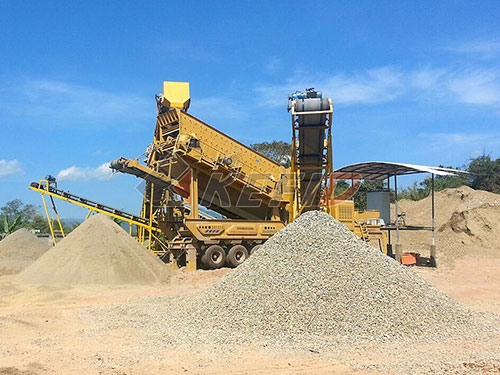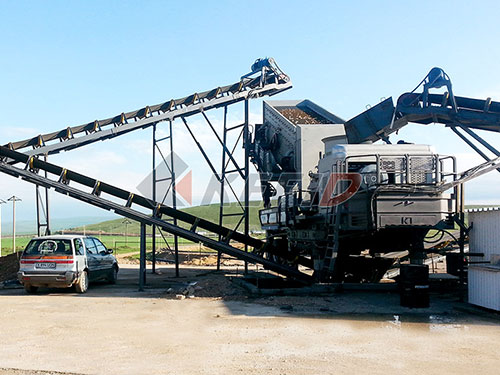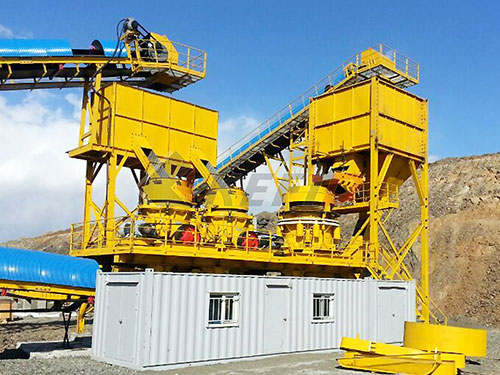Beyond the Price Tag: Unpacking Reliance Cement’s Buttibori Grinding Unit & the Dynamics of Crusher and Mill Investment

The Indian cement industry, a cornerstone of the nation’s infrastructure development, is characterized by intense competition and constant technological evolution. Within this landscape, grinding units represent a strategic pivot towards efficiency and market penetration. Reliance Cement Company Private Limited (RCCPL), part of the diversified Reliance Group, established its grinding unit at Buttibori, near Nagpur in Maharashtra, as a calculated move to strengthen its presence in Central India. While queries like “Reliance Cement grinding unit at Buttibori crusher price grinding mill” reflect a specific interest in capital expenditure (CAPEX), understanding this facility requires a much broader perspective encompassing technology, market strategy, logistics, and long-term operational viability.
1. The Strategic Imperative: Why Buttibori?

Geographic Advantage: Located near Nagpur – often termed the geographical center of India – Buttibori offers unparalleled access to key markets in Maharashtra (Vidarbha, Marathwada), Madhya Pradesh, Chhattisgarh, and parts of Andhra Pradesh and Telangana. This central location minimizes transportation costs for both inbound raw materials (like clinker) and outbound finished cement.
Infrastructure Hub: Buttibori houses a large industrial area with excellent connectivity via road (NH-53) and rail networks. Proximity to major power sources also facilitates stable operations.
Market Demand: Central India is witnessing significant infrastructure development (roads, housing, irrigation projects) and industrial growth, driving consistent cement demand.
Clinker Sourcing Strategy: Grinding units rely on externally sourced clinker. RCCPL likely leverages its integrated plants elsewhere or strategically procures clinker from cost-effective sources accessible via rail/road to Buttibori.
2. The Heart of the Operation: Technology at the Grinding Unit
A cement grinding unit’s core function is to grind clinker (produced at high temperatures in kilns elsewhere) with additives like gypsum (to control setting time) and potentially fly ash or slag (to enhance properties or reduce costs) into fine cement powder. This process hinges on two critical pieces of equipment:
Crushers: While grinding units primarily handle clinker and additives which are already relatively small-sized compared to limestone quarries at integrated plants, preliminary size reduction might still be necessary:
Potential Role: Handling oversized clinker lumps

Leave a Reply